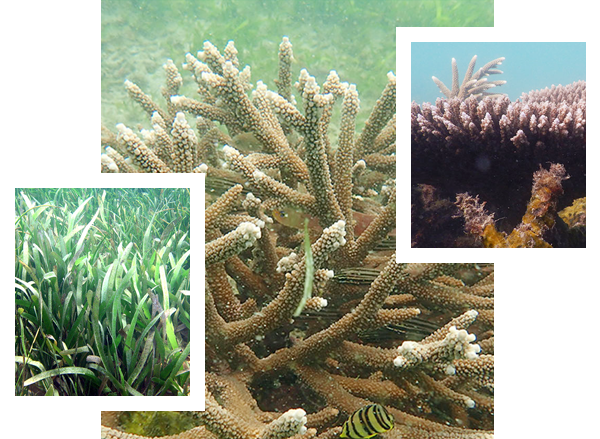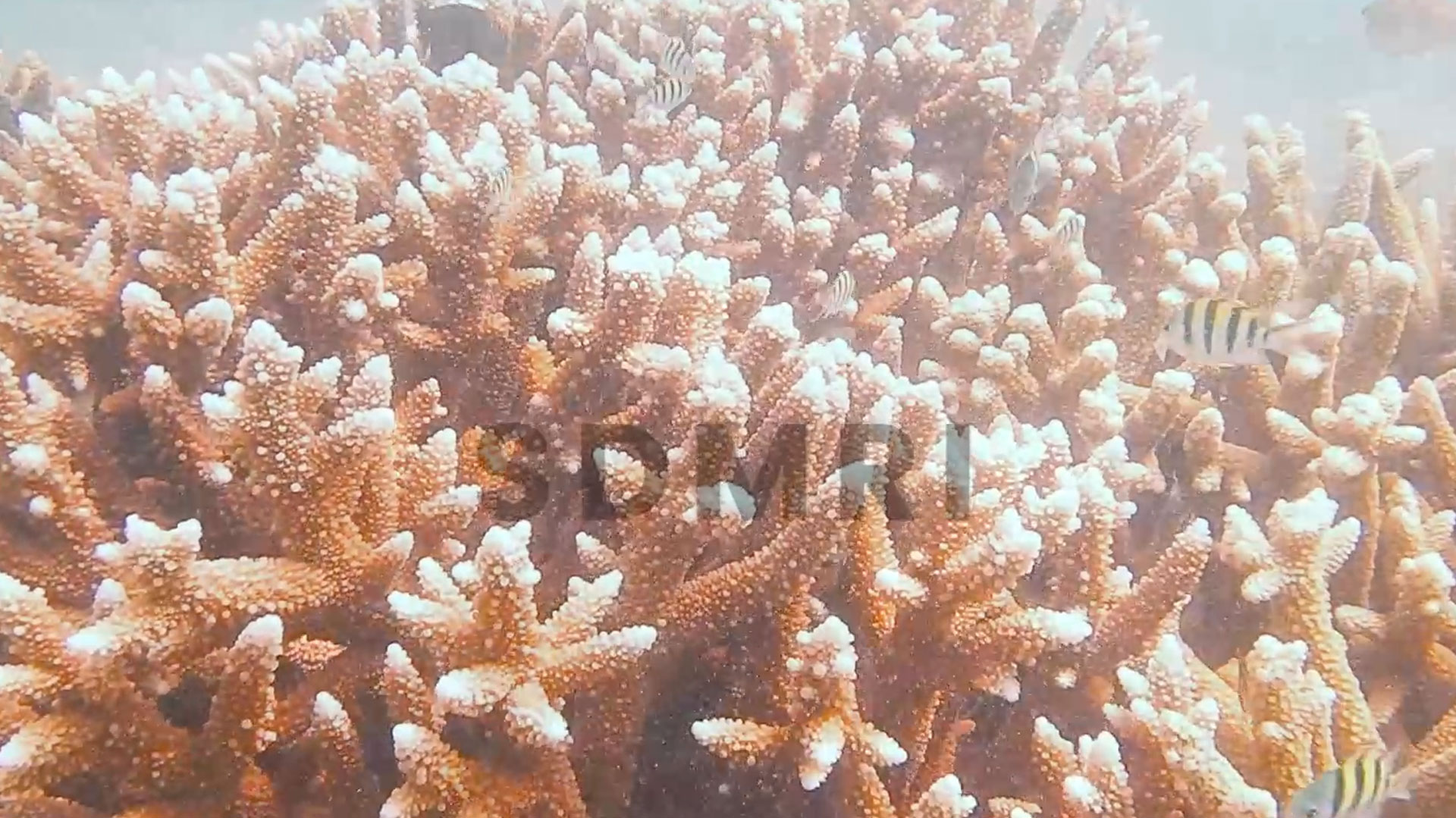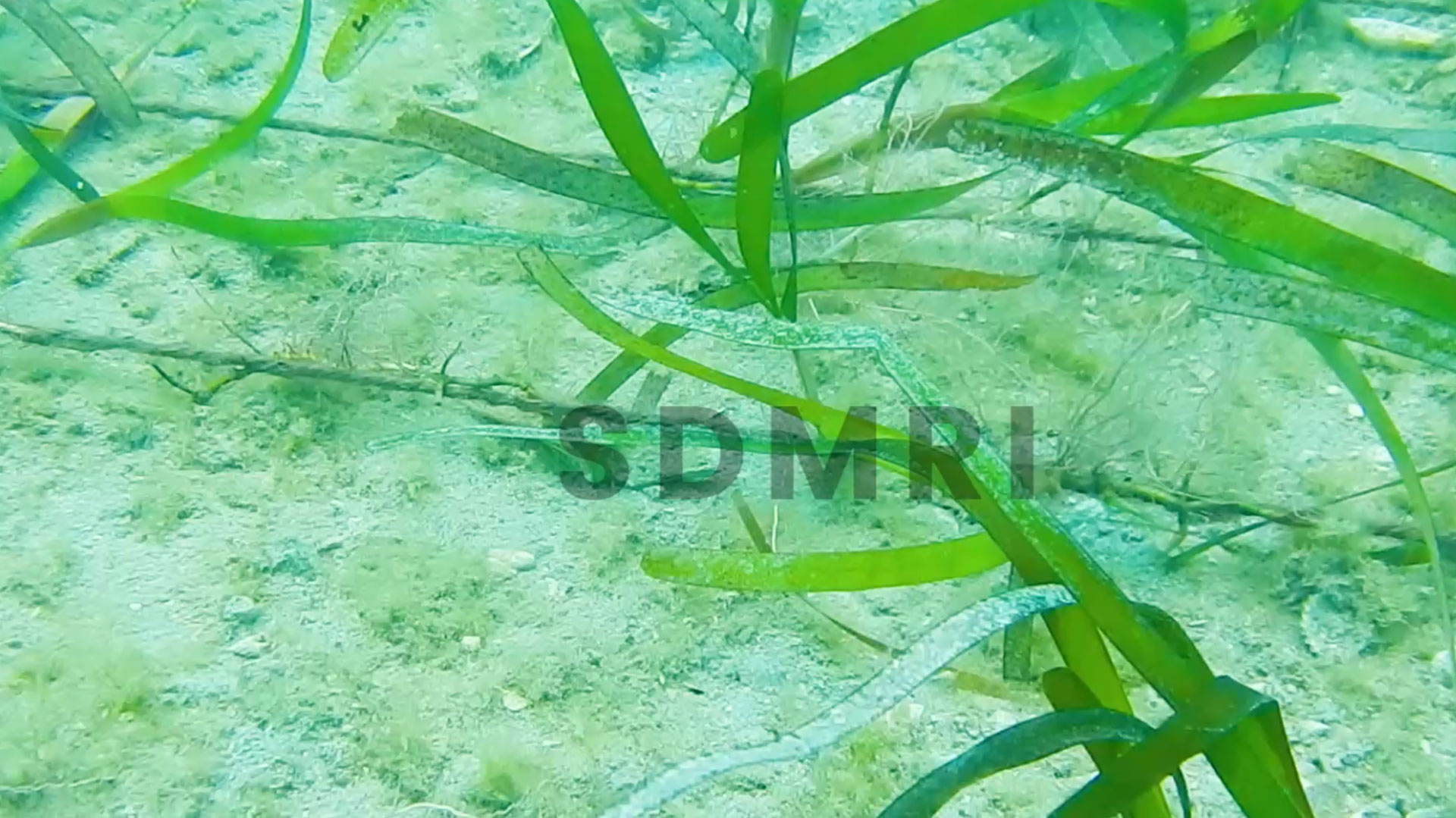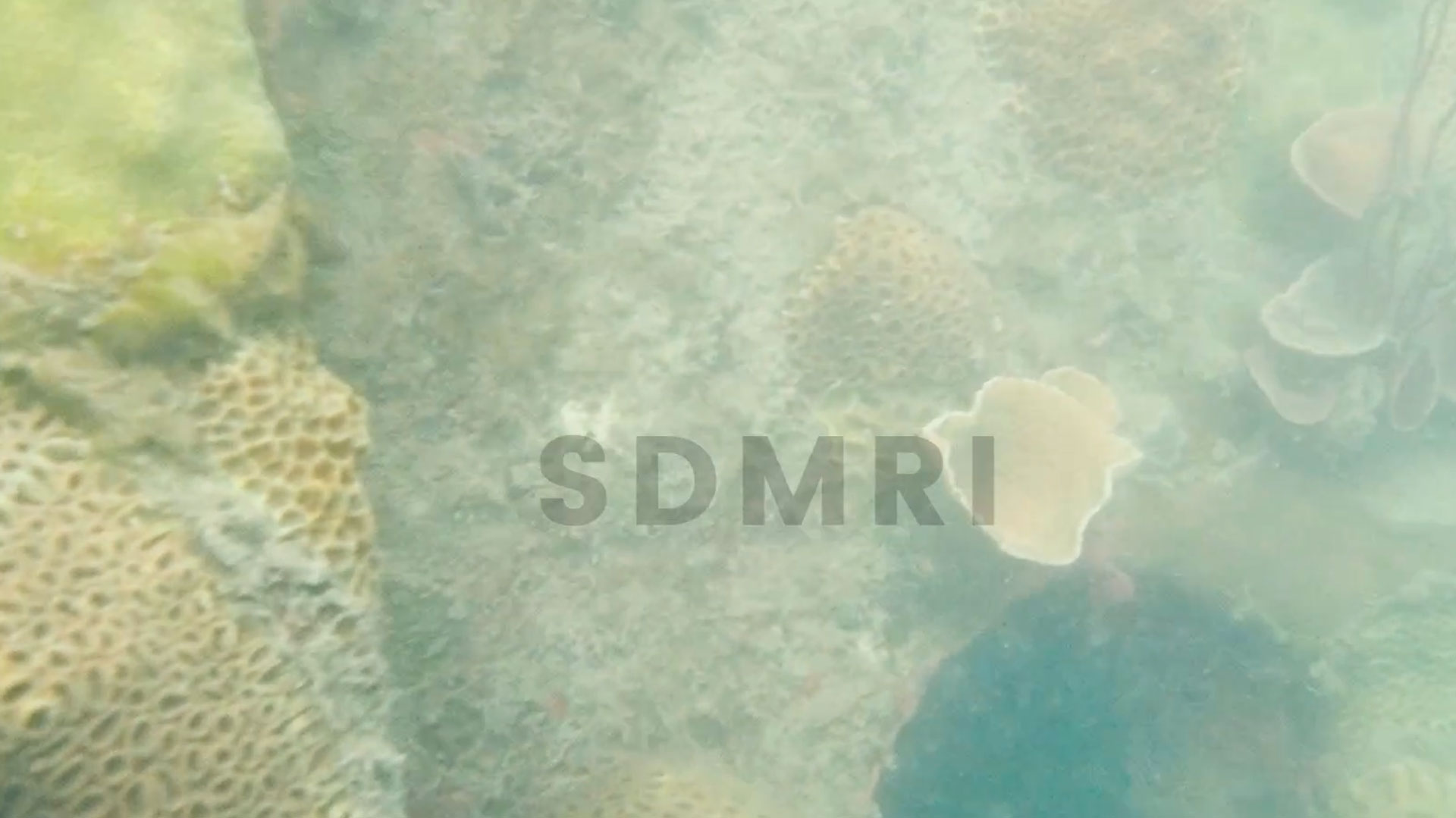

SDMRI is the first institution in India to launch the programs of coral restoration (2002) and seagrass restoration (2008) with standardized protocols. Artificial reefs for biodiversity enhancement and island protection are adding new dimensions to ecosystem restoration for addressing climate change adaptation.


Coral restoration by standardized transplantation techniques was initiated in Gulf of Mannar in 2002, and has been under implementation ever since. The reefs of Gulf of Mannar had suffered heavy damages due to rampant mining for about 4-6 decades until 2005, which resulted in the sea floor of the reef areas becoming unstable and unfit for natural coral recruitment. The selection of suitable substrate with specific design provided stable base for the firm attachment of the coral fragments and suitable space for the natural growth of recruits; further, these artificial substrates play a significant role in defending the restored fragments against waves, currents and sedimentation. The other factors contributing to the success of restoration are: the selection of native coral species in particular those which are resilient and resistant to elevated temperature; the consideration of depth at the restoration site; and the regular systematic monitoring and maintenance. About 21 acres of degraded coral areas have been restored from 2002 to 2021 in Gulf of Mannar in nine locations and with good survival rate. The growth rate is also fairly good with the highest 15.9 cm/year in Acropora intermedia, while among the massive corals the highest 2.0 cm/year is in Favia pallida. One of the major threats to the restored corals is such mechanical damages as may be caused by small-scale fishers, and another is bleaching due to elevated temperature. The corals reproduce well (both sexually and asexually), and with the support of restoration efforts there is significant reef resilience in Gulf of Mannar in spite of the climatic and non-climatic issues.

To make good the loss of seagrass beds and to restore their ecological services, seagrass restoration efforts were made in 2008 in Gulf of Mannar and Palk Bay, and the initiative has been continuing systematically. After several experimentations, the method of manual transplantation of seagrass sprigs (shoots) was found to be the best choice for seagrass restoration in Gulf of Mannar and Palk Bay. This method involves securing the sprigs of native seagrass species to PVC quadrats with biodegradable jute twines. The quadrats with the sprigs are left in place until the shoots are firmly rooted to the sediments. This is a cost-effective method and has yielded very good results. The restored seagrass beds in the restoration sites started performing ecological functions within two years, and the restoration sites look similar to natural seagrass areas in terms of seagrass cover and associated biodiversity. A total of 14 acres of degraded seagrass area has been restored in 8 locations in Gulf of Mannar and Palk Bay during 2011-2020 with a success rate of 85-90%. Regular monitoring and maintenance is in place to address the threats mainly due to small-scale fishing in the restoration sites.


Artificial reefs, designed by SDMRI specifically for the study of biodiversity attachment, have been deployed in a phased manner from 2002 in 4 locations in Gulf of Mannar and Palk Bay. The AR modules have been regularly monitored since deployment to record the density and diversity of epibenthic organisms and fish populations.
During 2016-2019 multipurpose artificial reefs designed by SDMRI and IIT, Chennai were deployed in Vaan Island with the following objectives: to protect the island from submergence due to erosion; to enhance biodiversity attachment in particular coral diversity; and to increase fish production. The island was protected and the new stable habitats provide space for varied epibenthic diversity including 37 coral species.

